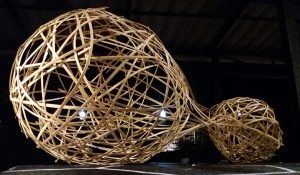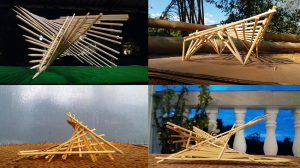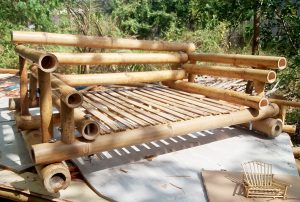Description
Bamboo model studies form an essential part of my design language — not simply as prototypes, but as objects of inquiry in their own right. In many ways, model making is analogous to sketching: it’s a tactile form of thinking, where ideas are discovered through the hands, not just the head. In bamboo architecture, this process is often called form finding — an intuitive, iterative search for structure through movement, tension, and gesture. You simply begin, and see what emerges.
Working at model scale allows me to explore the unique behavior of bamboo — how it bends, resists, or collapses — before any commitment is made at full scale. These miniature studies act as spatial rehearsals: investigations into joinery, rhythm, and curvature.
But beyond their function, the models possess a quiet sculptural presence. Each one is a physical thought, a moment in the evolution of a larger idea. They sit between design and artwork — small, expressive, and full of possibility.
Children’s faces often light up when they see them. There’s something instantly accessible in their scale — a world that feels both playful and precise, inviting you to imagine what might come next.







